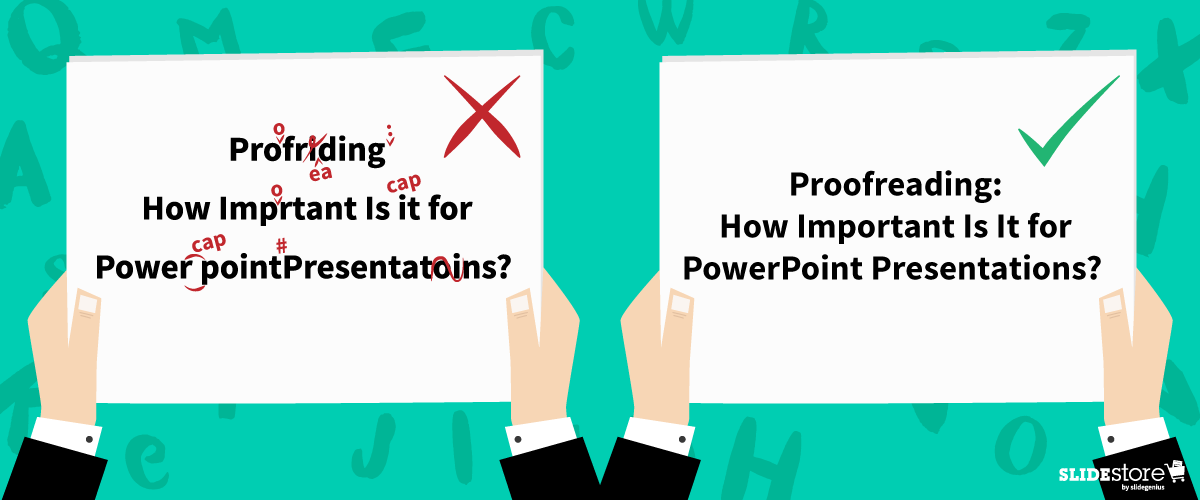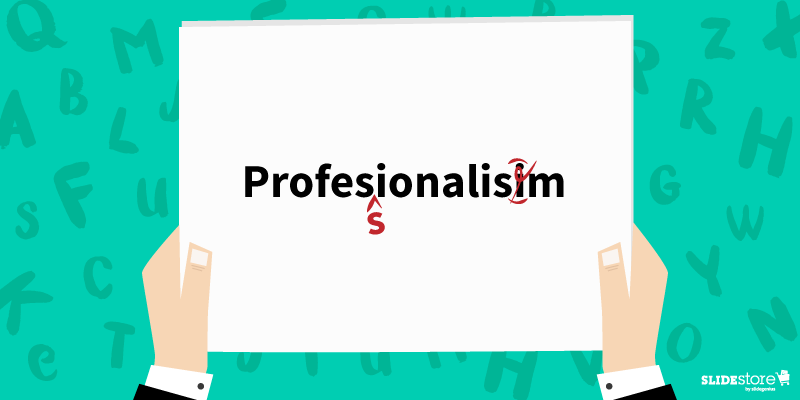
When reading, isn’t it bothersome to see a typographical error that distracts you from peacefully enjoying the piece? There’s the nagging feeling that “teh” should be “the,” that “your” should be “you’re,” or that “should of” is completely wrong. If tenses are all over the place or the subject-verb agreement isn’t correct, then that impression of the mistake gives way to disappointment and silent rage. Typos are distracting, to say the least.
To curb typographical errors, the responsibility of proofreading content falls squarely upon your shoulders. Be it a blog post, a book waiting to be published, or even a social media update, any piece of content should be proofread before publishing and publicizing, lest you be subject to the anger-inciting asterisk.
“But wait,” you may probably say. “What’s the difference between proofreading and editing? And there’s revision, too.” It’s time to contrast.
Revising vs. Editing vs. Proofreading

Revising entails the “re-visioning” of the whole piece; you gauge and, if ever, change how you approach your topic. Some of the main questions you need to consider when revising are, “Did the last draft fail to answer important questions, and does the recent one succeed?” and “Is the argument clear and understandable?”
Editing is done so that the whole piece is coherent and unified. You check the flow from one sentence to another and the logic from one paragraph to the next to discern whether the transitions are clear and smooth. If not, then rearrange paragraphs, rewrite sentences, and make the according edits.
Proofreading, the lightest of the three, is where you look for misspelled words, misused punctuation marks, and improper verb tenses and subject-verb agreements to fix them. This is the last step you should do before posting your content.
You must also check your PowerPoint presentation to ensure it doesn’t have any errors (and if it does, edit). Other than showing that you took the time to perfect your slide, it also implies the following notions:
Clarity

Apart from the fact that typographical errors and grammatical mistakes are distracting (diverting your reader’s attention to the typo itself), they take focus away from the message of your presentation in PowerPoint. There are more possible misinterpretations of a line missing a word, a missing letter crucial to the intended definition of the word (think “pubic” instead of “public”), or inconsistent tenses.
While it may be said that the human mind internally corrects the mistake, it’s still an unnecessary mental activity for the reader. Instead of focusing on and absorbing your piece, they’re looking out for mistakes just to satisfy the feeling that what they’re reading is clean and error-free—if they even decide to keep reading your piece.
Instead of muddling and muffling your piece’s flow of information because of errors, make sure your copy is clean and polished. Take the time to think about how your audience reads your article. When you see a typo, correct it right away.
Professionalism

Often, if you read content rife with grammatical and typographical errors, your judgment on it is, “This must have been done by an amateur.” Contrast that with well-proofread copies, and the stigma of unprofessionalism is gone.
Careless mistakes are always a show of unprofessionalism. It can imply that you weren’t fully prepared with your slides or that you crammed your PowerPoint presentation. It can mean that you never bothered to check for mistakes after your first draft or that you didn’t organize everything effectively and efficiently.
This is why there is a practice in any printed publication to correct any factual or typographical errors that made it past layers of editing, albeit in the next edition. Unfortunately, this doesn’t hold as true for digital copies even though editing them is easier to do. Make sure you don’t fall into the same trap.
Consistency

Which do you go for: “toward” or “towards”? “Color” or “colour”? If you’re not careful, you might end up using two kinds of English in a single piece.
Having a consistent voice and tone is a must, if not for regional differences then for establishing yourself as a proficient English speaker and communicator. If you use American English, then keep it that way throughout your piece; if you’re going for British, then make your spelling and idiom use consistent. It may sound traditionalist, but there are critics of this kind of inconsistency. Plus, it helps define your target market without alienating the other party.
All in all, keep your content error-free. It’s a secret to crafting great copies. Even in school, you were trained to submit perfect essays and reports since having typos usually meant markdowns. It’s the same when it comes to business, only with far-reaching consequences. When you’re in front of a crowd whose decision could shape your life and/or career, you wouldn’t want to risk making the kind of mistake.
Writers live by a general rule, and it’s a good exercise of their English and organizational skills. “Write in white heat; revise/edit in cold blood.” Any word work you do falls under this rule. There are no exceptions. Not even your slides. The task of proofreading falls upon you, the content creator, and definitely not a PowerPoint presentation designer.
Resources:
Scocco, Daniel. “The Impotence of Proofreading.” Daily Writing Tips. n.d. www.dailywritingtips.com/the-impotence-of-proofreading
Wasielewski, Jarek. “The Importance of Proofreading Your Webinar.” Webinar Tips Blog. September 25, 2015. blog.clickmeeting.com/the-importance-of-proofreading-your-webinar
Wright, Catharine. “Revision, Editing and Proofreading: What’s the Difference?” Peer Writing Tutors & FYS Mentors. February 14, 2011. sites.middlebury.edu/peer_writing_tutors/2011/02/14/revision-editing-and-proofreading-what%E2%80%99s-the-difference
Wroblewski, M.T. “The Importance of Proofreading in the Workforce.” Chron. n.d. smallbusiness.chron.com/importance-proofreading-workforce-36110.html
Zimmer, John. “Five Typographical Errors to Avoid on Your Slides.” Manner of Speaking. November 6, 2010. www.mannerofspeaking.org/2010/11/06/five-typographical-errors-to-avoid-on-your-slides
“How Proofreading Services Can Make Your Next Presentation a Success.” Re:word. n.d. www.reword.ca/how-proofreading-services-can-make-your-next-presentation-a-success